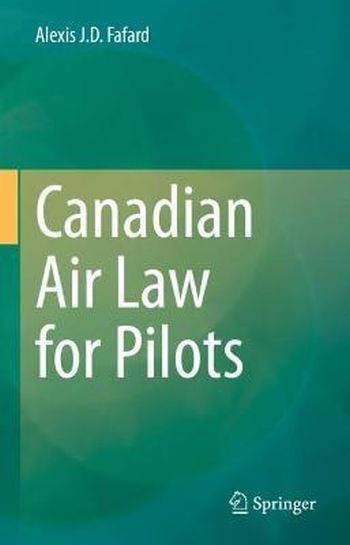
Canada is a global civil aviation powerhouse. Thanks to the British Commonwealth Air Training Plan during World War II, as well as its internationally-recognized reputation enabling an important and meaningful bridge among the nations of the world after the war, Canada, called the Aerodrome of Democracy by President Franklin D. Roosevelt, was chosen as the host of the headquarters of the International Civil Aviation Organization (the "ICAO"), and has become the third-largest aerospace hub in the world. Today, thousands of Canadian aviation professionals evolving in engineering, management, finance, sales, flight operations, academics, flight training, tax, and law fill out the rosters of the ICAO, governmental agencies, airline companies, law and aircraft leasing firms, universities, and gigantic aerospace corporations. This Canadian expertise also resonates in today's global training pipeline of highly skilled professionals operating winged-tubes loaded with thousands of gallons of kerosene fuelling complex and powerful engine systems at the fringe of the stratosphere to carry passengers and/or cargo across intercontinental airways.
Canadian Air Law for Pilots is entirely dedicated to pilots; its purpose is twofold: (1) to highlight the landmark Canadian legislative framework relative to aviation law, and provide an extensive review of federal decision-makers affecting pilots' privileges, rights, and interests by reporting on their purposes, procedural rules, as well as key case law within administrative and penal law; and (2) to outline Canada's air law for local and international applicants and trainees interested in obtaining pilot permits, licences or ratings (aeroplanes) issued by Transport Canada.
This textbook is divided into four parts: